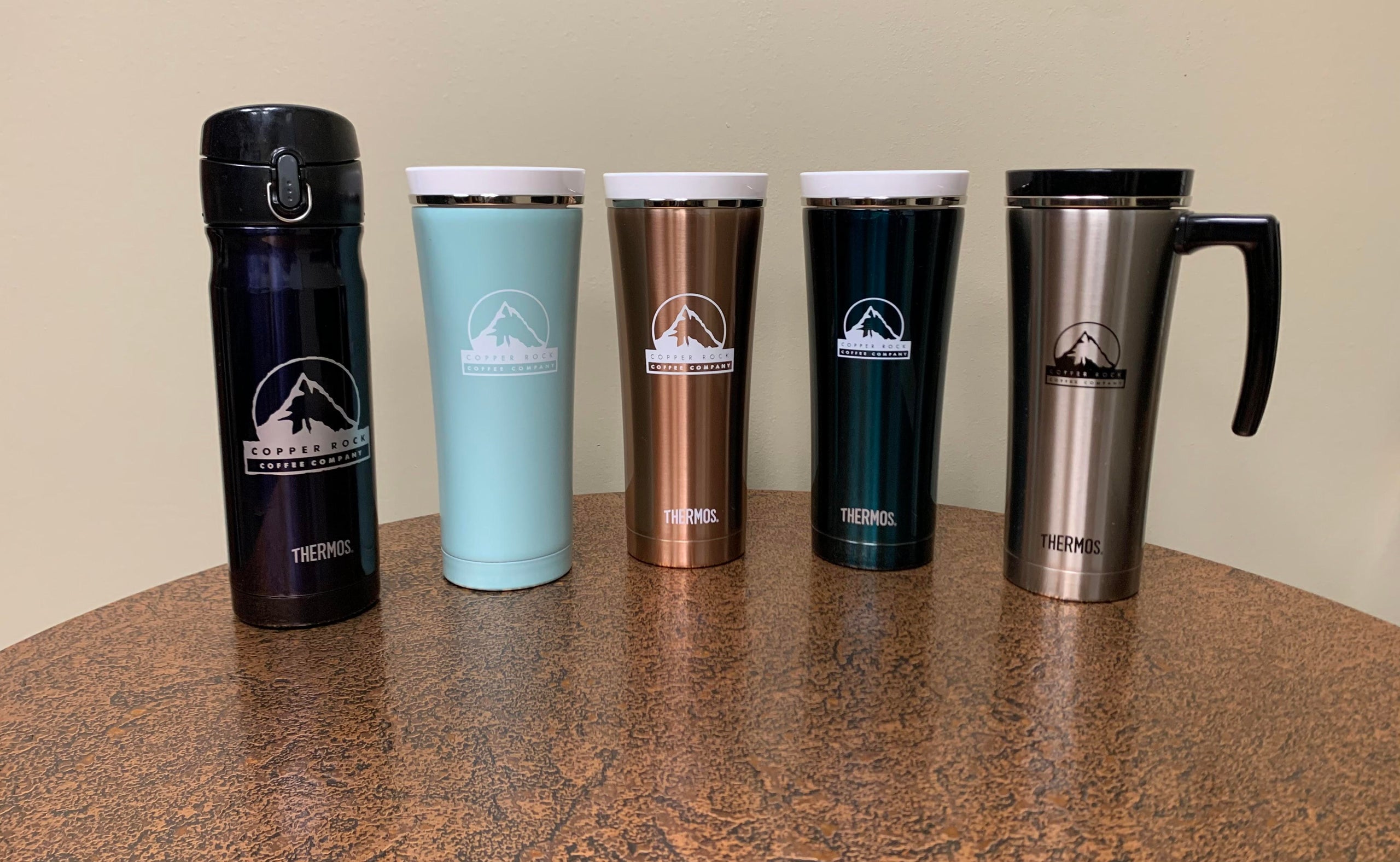
Amazon.com: Thermos The Rock Vacuum Insulated 1 Liter Beverage Bottle, stainless steel/black, 1.1 quart (2510TRI2): Home & Kitchen

Amazon.com: Thermos The Rock Vacuum Insulated 1 Liter Beverage Bottle, stainless steel/black, 1.1 quart (2510TRI2): Home & Kitchen













